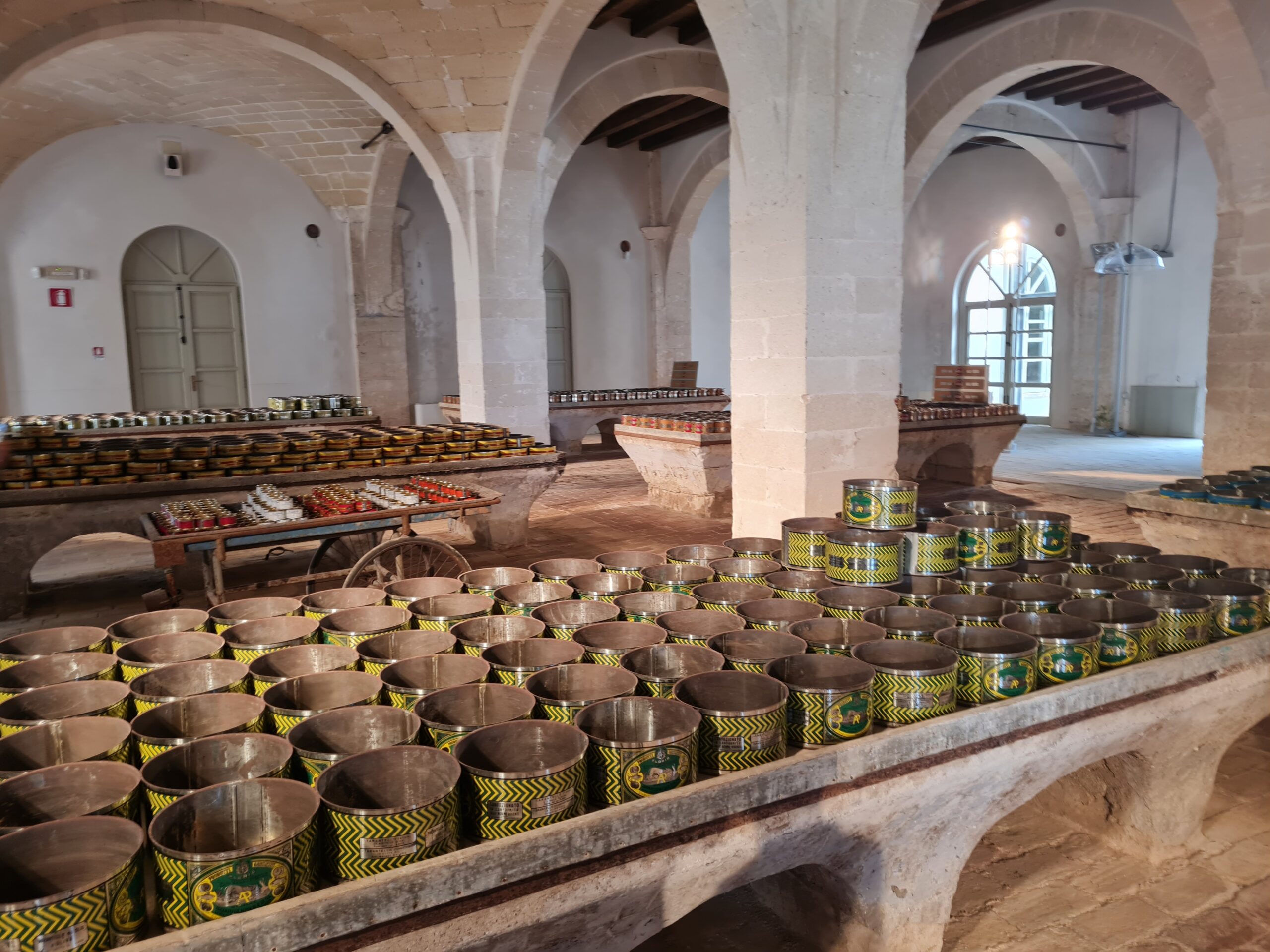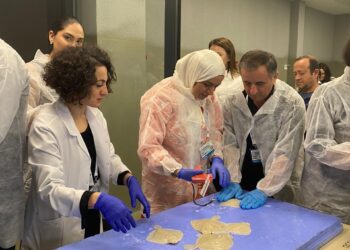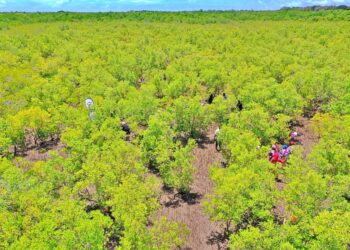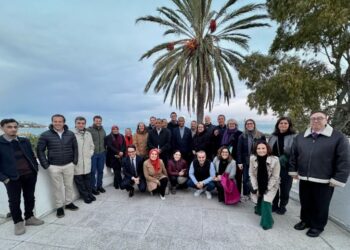“Tonnara Florio” the history of tuna processing and the revolution of canned fish –
The Tonnara of Favignana was established in 1859 by the wealthy and illuminated entrepreneurial family “Florio” and was in operation until 1977. It was one of the largest tuna fisheries in the Mediterranean, dedicated specially to bluefin tuna and sardine and mackerel.
Tonnara was the name of the fishing gear consisting of a system of nets with chambers that barred the migration of tuna at certain strategic points in the Mediterranean, a huge fishing trap. The nets were set in the seasons when the schools of tuna were in transit on seabeds no deeper than 30 metres. The stretch of sea between the islands of Favignana and Levanzo represented an ideal fishing area and from local fishing came the idea of the world’s first tuna in oil canning industry.
Vincenzo Florio, Man of great enthusiasm, applied himself to improve fishing and invented the montaleva, a mechanism by which you can fish for tuna entered the net in dribs and drabs, as they end up in the trap, without having to wait for entire herds. He introduced the use of oil to preserve the tuna in cans. He realized that the tuna could be totally valorized including the by-products, arriving to produce paint, glue and fertilizer from the last scraps.
The factory was organised to manage all production processes for achieving the final product, from tuna fishing to butchering, from cooking to canning, according to an industrial production model and employing a large and specialised local workforce. The impulse to the industrial activity given by the second generation of the family by Ignazio Florio was considerable and led to the development of innovative systems both in the organisation of the production chain and in the conception of new preservation systems in tin canned boxes.
In the early 2000s, the tonnara was restored and converted into a museum.
The revolution of canned fish began in the 19th century and today represents a fast-growing sector
Canned tuna but also sardines and other blue fish which have been processed, sealed in an airtight container such as a sealed tin can, and subjected to heat. Canning is a method of preserving fish, and provides a typical shelf life ranging from one to five years without the needs of the cold chain!
Fish have low acidity levels at which microbes can flourish. From a public safety point of view, foods with low acidity (pH greater than 4.6) need sterilization at high temperatures (116–130°C). Achieving temperatures above the boiling point requires pressurized cooking. After sterilization, the containing can prevents microorganisms from entering and proliferating inside. Other than sterilization, no other method is dependable as a preservative. For example, the microorganism Clostridium botulinum (which causes botulism) can only be eliminated at temperatures above the boiling point.
Vincenzo Florio’s idea represents the future
One of the major advantages of canned fish is the relatively long shelf-life when stored at ambient temperatures.
Canned fish are an important food source for the entire globe. Canned fish are rich in protein and many other essential nutrients, including many that are a good source of omega-3 fatty acids. Many different types of sea creatures are canned, including fish, molluscs, and crustaceans. Each different product has its own characteristics, and experienced canners get the best yields and quality from the fish or seafood by optimizing the quality, processing times and temperatures, and recipes.
Tuna and sardine are cooked before packing the cans. Cooking removes excess water from the fish tissue and improves the appearance of the final pack. Bones, skin, and dark-meat portions are removed from tuna before packing into cans.
Canned fish may or may not be packed with additional ingredients, such as oils, water, or sauces and represent a food ready to eat!
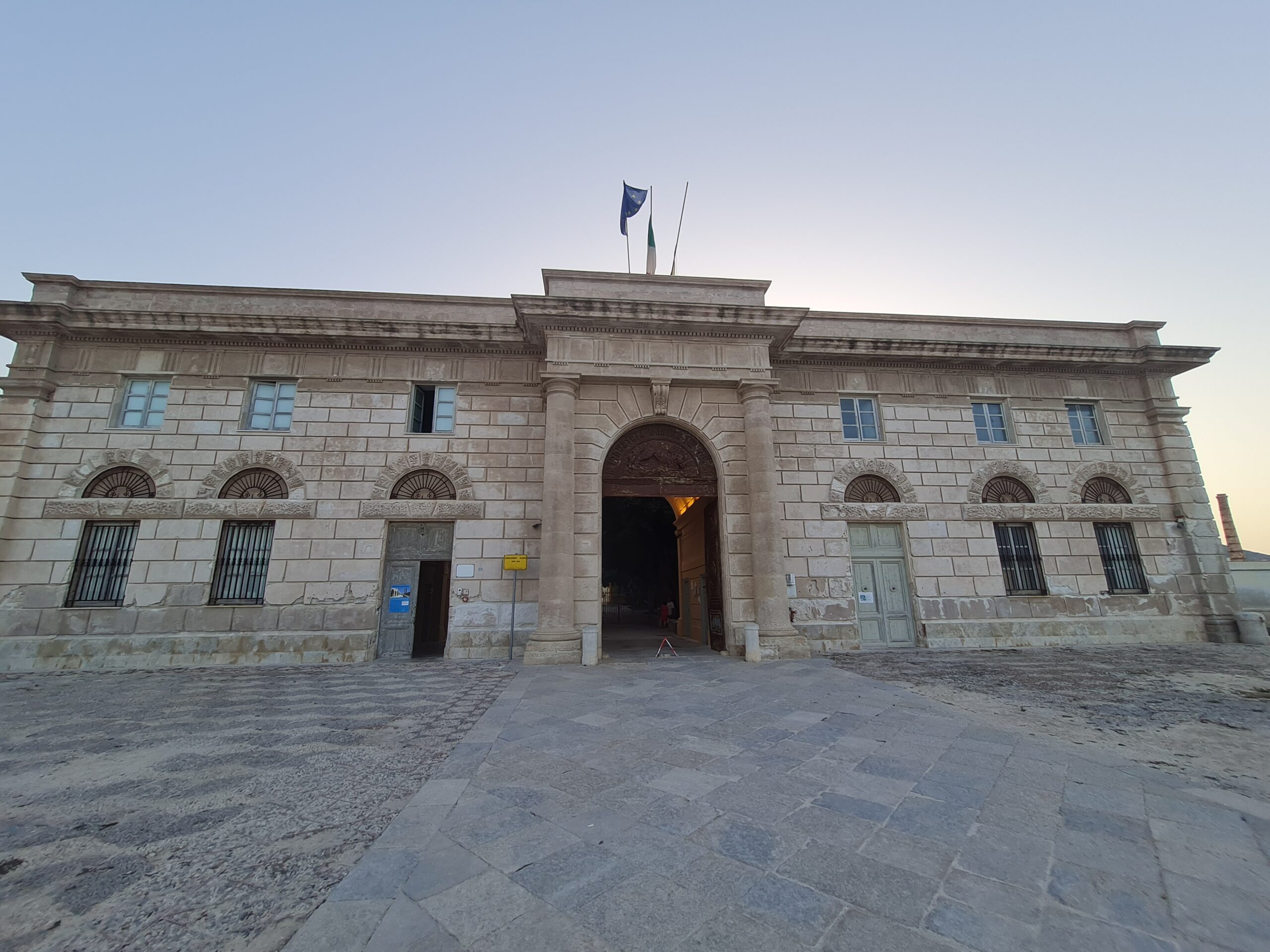
Canned fish are low-acid foods and, consequently, will readily support the growth of most microorganisms. The hazard for human health Clostridium botulinum is a heat-tolerant microorganism capable of growing and producing a highly potent toxin in canned fish that has been underprocessed, or contaminated as a result of container leaks. For this reason, most countries require minimum heat process times and temperatures to destroy all microbiological vegetative cells and spores to commercial sterility. Properly sealed and packed cans are heat-processed using steam under pressure in a retort. After processing, cans are quickly cooled in cold chlorinated water, labeled, and packed in shipping containers around the globe.
Canned fish is supporting and reppresent an important leverage in particular for the economy and food nutrition and above all for food security in all Africa and Mediterranean area.
That’s why we need many illuminated entrepreneurs like Vincenzo and Ignazio Florio who can set up canning plants around the African continent.
“Tonnara Florio” the history of tuna processing and the revolution of canned fish


